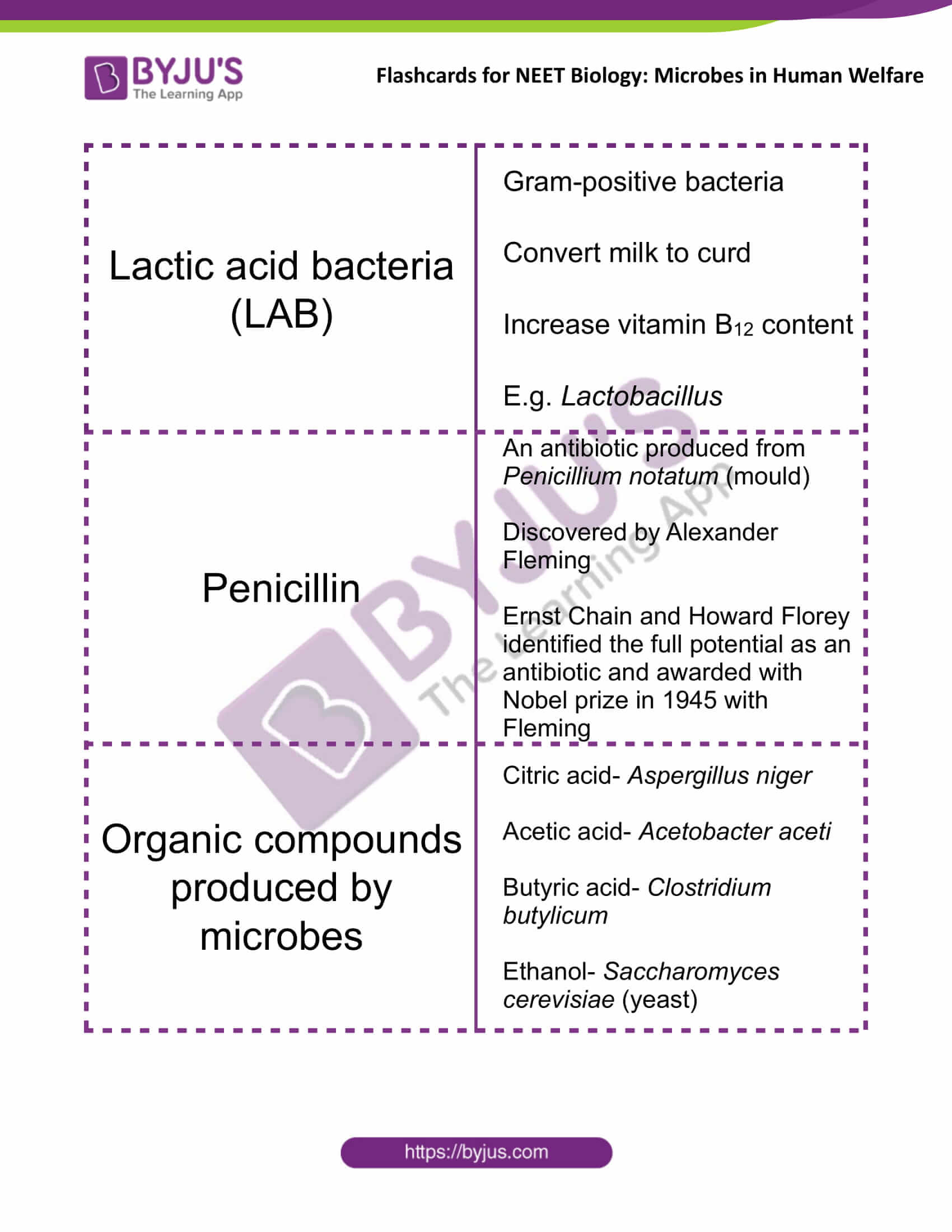
The main sources of biofertilizers are bacteria, fungi, and cyanobacteria. Biofertilizers are organisms that enrich the nutrient quality of the soil. Hence switching to organic farming is essential. The use of the chemical fertilizers to meet the ever-increasing demand for agricultural produce has contributed significantly to the pollution. Microbial Herbicides/ Weedicides: Pathogenic fungi as mycoherbicides:

Bt cotton.Ī biological control being developed for use in the
Biocontrol agents in human welfare free#
Get FREE solutions to all questions from chapter MICROBES IN HUMAN WELFARE. Now Bt toxin genes introduced into plants, which makes them resistant to insect pests. Watch complete video answer for Microbes As Biocontrol Agents of Biology Class 12th. The bacterial disease will kill the caterpillars, but leave other insects unharmed. In the gut of the larvae, the toxin is released and the larvae get killed. Fruits of these plants are eaten by insect larvae. They are available in sachets as dry spores, mixed with water and sprayed on plants. As it is natural predation it is not harmful.Īn example of microbial biocontrol agent Bacillus thuringiensis (Bt) used to control butterfly caterpillar. Microbes used are either pathogens or predators or parasites on the pests. Ladybird and Dragonflies useful to get rid of aphids and mosquitoes. In this method, pests are kept in check, and not totally eradicated. In agriculture, there is a method of controlling pests that relies on natural predation rather than introduced chemicals. Biocontrol refers to the use of biological methods for controlling plant diseases and pests.


To avoid this pollution and environmental degradation, biocontrol methods are used in place of chemicals. Our soil is also polluted due to the use of weedicides to remove weeds. These chemicals pollute the environment (soil, groundwater), fruits, vegetables, and crop plants. This article stresses that classical biocontrol can be applied in a weed's native range under special circumstances, and describes why such cases can be used to promote biological control of native invaders while circumventing the more resisted aspect of classical biocontrol: introducing exotic species.Chemical insecticides and pesticides are toxic and extremely harmful, to human beings and animals. In two of these projects complete control of the weeds were achieved, and preliminary results are quite promising for the most recent project, as well. These projects had the peculiarity that native insects were used to control two native aquatic plants–Water Hyacinth and Water Lettuce–in isolated water bodies where their natural enemies were absent. In this review, three classical biocontrol projects from Argentina are described.

However, biological control is firmly resisted in many countries because of the belief that it is more risky than not doing anything, or using the more familiar chemical and mechanical control methods. Classical biocontrol agents are scientifically selected from among the natural enemies the pest has in its native region. Classical biological control–or biocontrol–is a form of pest management comprising the release of specialized natural enemies (biocontrol agents) of an exotic pest.


 0 kommentar(er)
0 kommentar(er)
